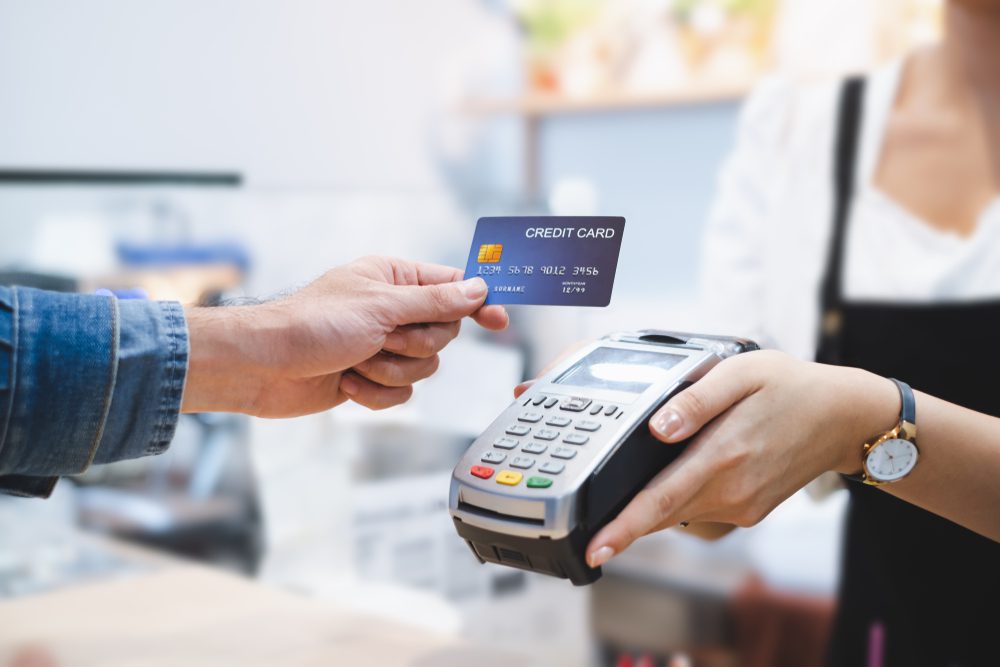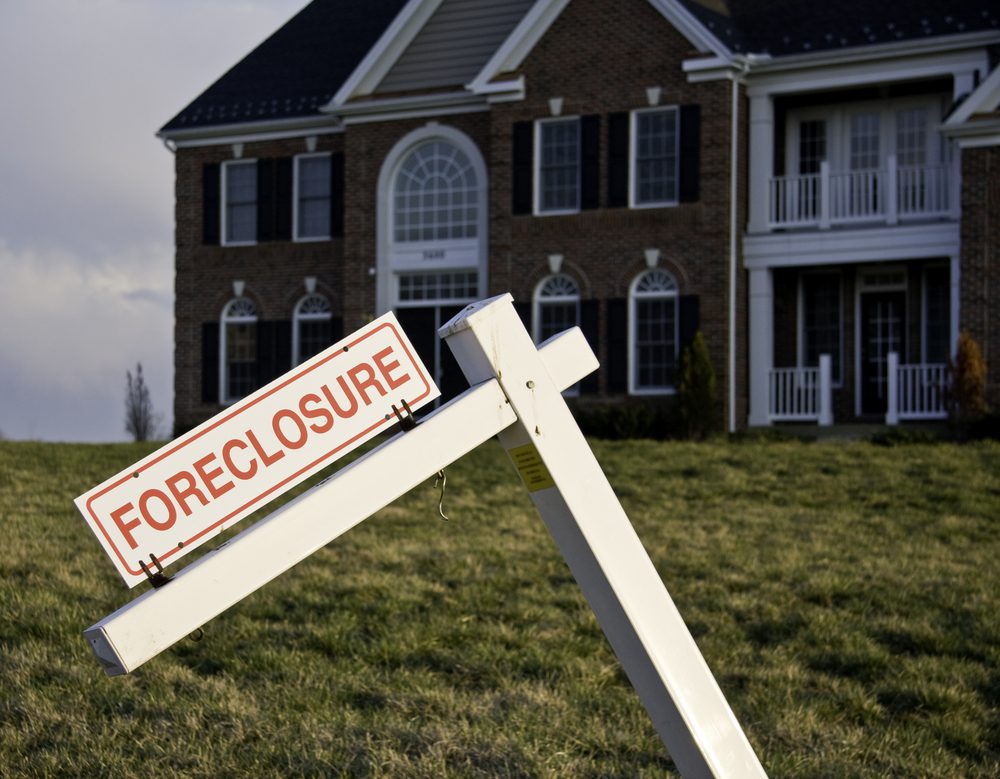
2. Pay Down High-Interest Debt and Free Up Your Future
Debt can feel like a heavy weight on your shoulders, especially in retirement. Monthly payments eat into your fixed income, and the interest charges can feel like you’re running on a treadmill—working hard but not getting anywhere. High-interest debt, particularly from credit cards, is the most draining. Using your stimulus check to tackle this debt is a form of smart spending that pays you back every single month in the form of reduced interest and less financial stress.
The Heavy Weight of High-Interest Debt
Let’s talk about why high-interest debt is so problematic. A credit card with an 18% or 22% annual percentage rate (APR) is designed to grow quickly if you carry a balance. If you have a $2,000 balance on a card with a 20% APR and only make minimum payments, it could take you over a decade to pay it off, and you would end up paying thousands of dollars in interest alone—far more than the original amount you borrowed.
When you use your stimulus check to pay down this type of debt, you are essentially giving yourself a guaranteed, tax-free return on your money. Paying off a credit card with a 20% interest rate is like earning 20% on an investment. No savings account or safe investment can offer that kind of return. It’s one of the most financially powerful moves you can make. It frees up cash in your monthly budget and stops the slow drain on your resources, allowing you to direct that money toward other important goals.
Which Debts to Tackle First?
When deciding what to do with your government stimulus check, focus on the debts with the highest interest rates. This is almost always credit card debt. Store cards often carry even higher rates than general-purpose cards. Personal loans can also have high rates.
Lower-interest debts, like a mortgage or a federal student loan from long ago, are generally less of a priority. The interest rates are usually much lower, and in the case of a mortgage, the interest may be tax-deductible. The goal is to eliminate the most expensive debt first, the kind that costs you the most money each month.
Make a simple list of your debts. For each one, write down the total amount you owe and the interest rate. This clear picture will show you exactly where your stimulus money can have the biggest impact. If the check is enough to wipe out a small, high-interest balance entirely, that can be a wonderful psychological victory.
Two Simple Methods to Get Started
If your stimulus check won’t cover all your high-interest debt, you have two popular strategies to choose from for how to apply it.
The Debt Avalanche Method: This is the most financially efficient approach. You apply your stimulus payment to the debt with the highest interest rate. You continue making minimum payments on all your other debts, but you throw every extra dollar, including this stimulus money, at that one high-rate balance until it’s gone. Then, you take the money you were paying on that debt and apply it to the one with the next-highest interest rate. This method saves you the most money in interest over time.
The Debt Snowball Method: This method focuses on motivation and momentum. You use your stimulus check to pay off your smallest debt balance completely, regardless of the interest rate. The feeling of eliminating an entire bill can be incredibly empowering. Once that small debt is gone, you take the payment you were making on it and add it to the payment for the next-smallest debt. This creates a “snowball” effect. While you might pay a little more in interest in the long run, for many people, the quick wins provide the motivation to stick with the plan.
Whichever method you choose, using your stimulus check to reduce your debt is a direct investment in your financial freedom. It lessens your monthly obligations and reduces the stress that comes with owing money, giving you more breathing room and control over your finances.









